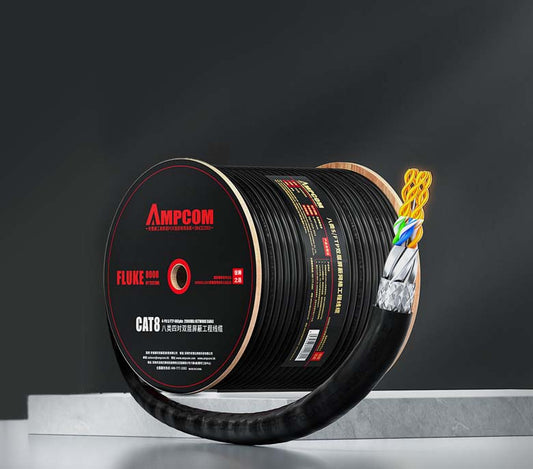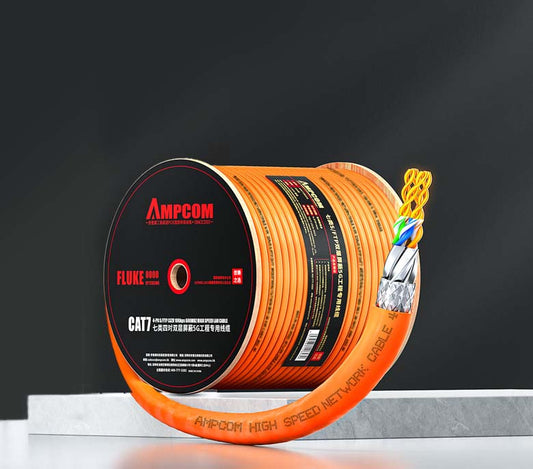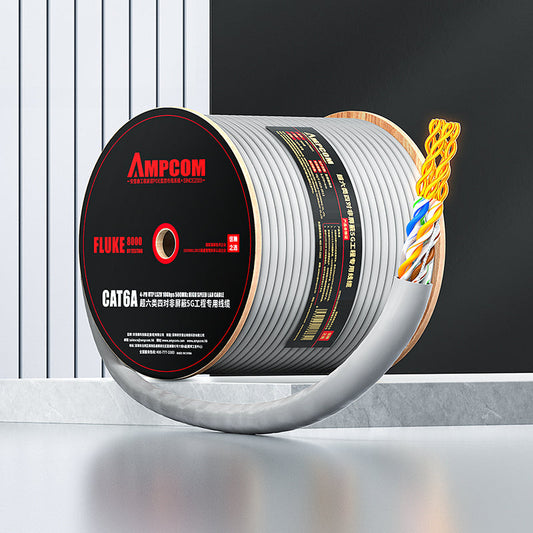The Cornerstone of Modern Business: Why Fiber Leased Lines?
The Pain Points of the Enterprise Digital Nervous System: Limitations of Traditional Networks
Fiber leased lines represent a fundamental shift from the shared, best-effort nature of traditional broadband to a dedicated, performance-guaranteed, and secure communication channel. They are purpose-built for the demanding requirements of modern enterprises, offering a range of benefits that directly address the pain points mentioned above.

1. High Bandwidth: Meeting the Demands of Data-Intensive Operations
One of the most significant advantages of fiber leased lines is their virtually unlimited potential for bandwidth. Unlike copper-based connections whose speeds are constrained by physical limitations, fiber optic cables transmit data using light pulses, allowing for exponentially higher data rates.
Technical Parameters: Fiber leased lines typically start at hundreds of megabits per second (Mbps) and can scale seamlessly into the multi-gigabit per second (Gbps) range, even reaching 10 Gbps and beyond for high-demand scenarios. This massive bandwidth capacity is essential for handling the ever-increasing volume of data generated and consumed by businesses today.
Consider a media production company . They routinely work with high-resolution video files, 4K and 8K footage, complex 3D models, and large audio tracks. Transferring these files between different departments (editing, sound design, VFX) or to remote collaborators can consume significant bandwidth. A 1 Gbps fiber leased line can transfer a 100 GB 4K video file in just a few minutes, whereas a typical 100 Mbps broadband connection would take hours. This speed directly translates into faster project completion times and improved creative workflows.
Similarly, businesses dealing with big data analytics, AI model training, or large-scale e-commerce operations require substantial bandwidth to move data between servers, data centers, and end-users efficiently. Fiber leased lines provide the necessary horsepower to keep these data-intensive operations running smoothly.
2. Low Latency: The Key to Real-Time Collaboration and Responsiveness
Latency, the delay between sending a request and receiving a response, is a critical factor for many business applications. High latency can make interactions feel sluggish, hinder real-time collaboration, and even impact business-critical decisions.
Fiber leased lines offer exceptionally low latency, often measured in single-digit milliseconds (ms). This is achieved through the speed of light transmission and the dedicated nature of the connection, which avoids the congestion typical of shared internet networks.
Technical Parameters: While exact latency figures depend on distance and network design, fiber leased lines typically offer end-to-end latency well below 10-20 ms for local connections and often under 50-100 ms for inter-city connections, significantly lower than typical broadband latency which can easily reach 30-100 ms or more.
Low latency is paramount for effective video conferencing. Imagine participating in a critical business meeting with international stakeholders. High latency can cause conversations to break into awkward pauses, making it difficult to follow discussions or react in real-time. With a fiber leased line, video and audio streams are transmitted with minimal delay, creating a much more natural and engaging collaborative experience, as if everyone were in the same room. This fosters better communication, faster decision-making, and stronger team cohesion, regardless of geographical distances.
For businesses operating in sectors like financial trading, online gaming (especially for cloud gaming services), or remote manufacturing control, low latency isn't just a convenience; it's a competitive necessity. Fiber leased lines provide the responsiveness required to execute trades at the optimal moment, provide seamless gaming experiences, or control complex machinery remotely with precision.
3. High Reliability and Service Level Agreements (SLAs): Ensuring Business Continuity
Network downtime is one of the most costly disruptions a business can face. Lost productivity, missed opportunities, dissatisfied customers, and potential revenue loss can quickly add up. Traditional broadband connections often lack robust redundancy and clear uptime guarantees.
Fiber leased lines are designed for maximum uptime. They utilize dedicated, often physically diverse, fiber paths that are less susceptible to common causes of outages like copper theft, electrical interference, or accidental cuts (especially when paired with diverse routing options).
Providers of fiber leased lines typically offer formal Service Level Agreements (SLAs). These SLAs guarantee a certain percentage of network uptime (e.g., 99.9%, 99.99%, or even higher) and often include performance metrics like latency and jitter. Crucially, many SLAs also come with financial penalties or credits for the provider if the agreed-upon service levels are not met.
Technical Parameters (SLA Example): A typical enterprise-grade fiber leased line SLA might guarantee 99.99% network availability, with a maximum latency of 5 ms for local hops and 20 ms for regional hops, and jitter (variability in latency) below 1 ms. It might also specify a maximum Mean Time To Repair (MTTR) of 4 hours in case of a failure.
This high level of reliability is essential for businesses where continuous operation is critical. For instance, an e-commerce platform experiencing even a few hours of downtime during a major sales event can result in millions of dollars in lost revenue. A hospital relying on remote patient monitoring systems cannot afford network interruptions that could impact patient care. Fiber leased lines, backed by strong SLAs, provide the peace of mind that the network will be there when needed, ensuring business continuity and protecting revenue streams.
4. Enhanced Security: Protecting Your Most Valuable Assets
In an era of escalating cyber threats, network security is paramount. Public internet connections are inherently less secure as data travels through shared infrastructure, making it potentially vulnerable to interception, man-in-the-middle attacks, and other malicious activities.
Fiber leased lines offer a more secure communication channel. Because the connection is dedicated solely to the enterprise, it significantly reduces the attack surface compared to shared internet access. Data transmitted over fiber is also inherently more difficult to tap into without detection compared to electrical signals on copper wires.
Furthermore, fiber leased lines often support robust security features as standard or as add-on options:
- Encryption: Data can be encrypted end-to-end, ensuring confidentiality even if interception attempts occur (though interception itself is harder on fiber).
- VPN Integration: The leased line can be seamlessly integrated with Virtual Private Networks (VPNs) for an additional layer of security, especially when connecting to remote offices or cloud services.
- Access Control: Strict access controls can be implemented to ensure only authorized devices and users can connect to the network segment.
- Monitoring and Threat Detection: Providers often offer advanced monitoring tools and can implement intrusion detection/prevention systems (IDS/IPS) on the enterprise's network segment.
For businesses handling sensitive customer data, intellectual property, financial information, or critical operational data (like in healthcare or finance), the enhanced security of a fiber leased line is not optional—it's a fundamental requirement for compliance and risk mitigation. A breach can lead to catastrophic financial losses, legal penalties, and irreparable damage to brand reputation.
Ready to Strengthen Your Enterprise Backbone?
Explore how our enterprise fiber leased line solutions can transform your operations. Discover tailored options for connecting your branch offices, accessing cloud services with confidence, and securing your most valuable data.
Learn More About Our Fiber SolutionsOr contact our business solutions experts today for a personalized consultation and quote.



